What if your backyard could rival a painter’s palette in autumn?
As the heat of summer fades and crisp air begins to whisper through the trees, something magical happens. Leaves ignite with color, and red takes center stage—fiery, bold, and unforgettable. From delicate shrubs to towering trees, certain plants transform into a blazing spectacle of scarlet, crimson, and ruby hues.
But which ones create that jaw-dropping effect? And how can you bring them into your own space for a vibrant seasonal show?
Let’s explore 11 Plants That Turn Stunning Red in Fall—and how you can make them part of your garden’s autumn masterpiece.
1. Red Maple (Acer rubrum)
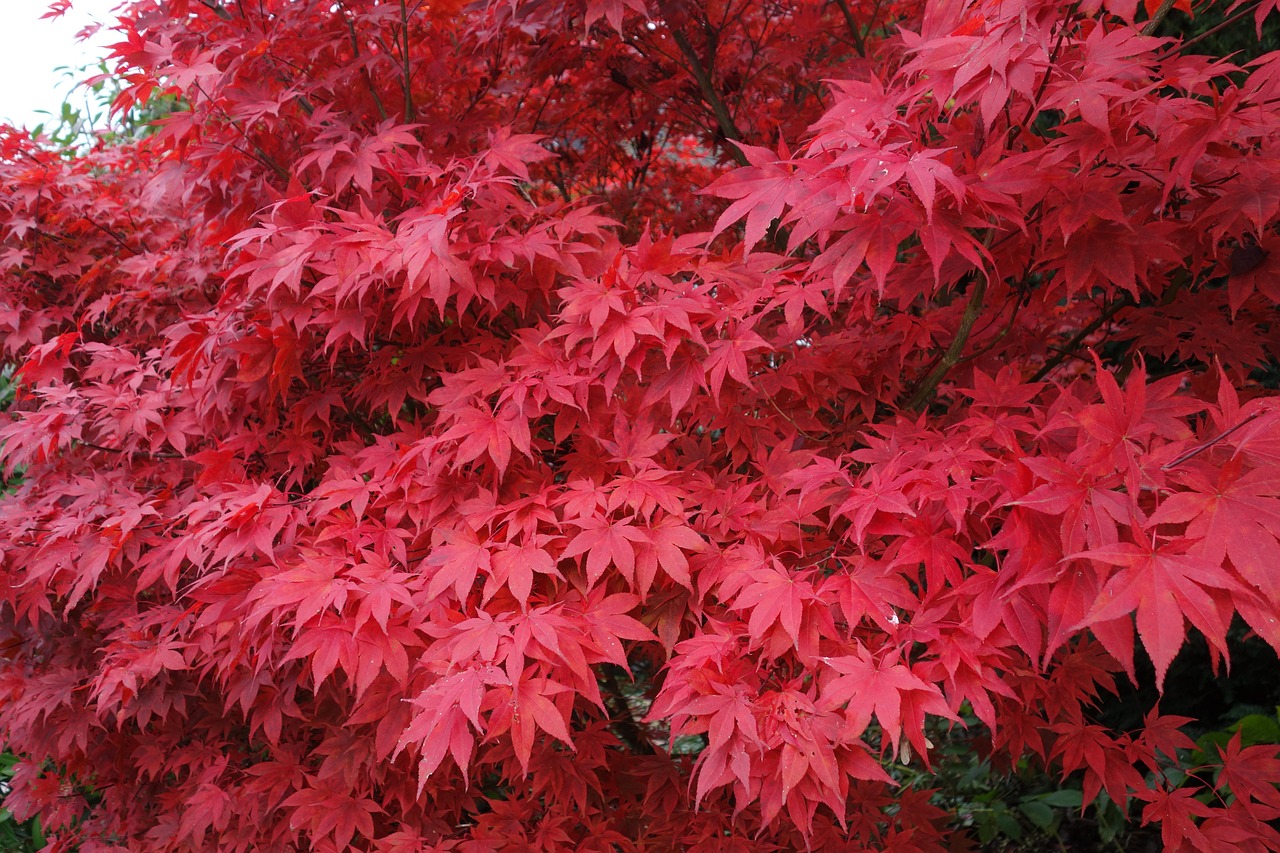
The Classic Blaze of Autumn
- Height: 40–70 feet
- Hardiness: Zones 3–9
- Best For: Large yards, dramatic shade
Few trees embody fall’s fiery spirit like the Red Maple. With leaves that turn vivid scarlet from September through November, this native tree is a symbol of seasonal change. Its adaptability to various soil types makes it a favorite across North America.
2. Burning Bush (Euonymus alatus)
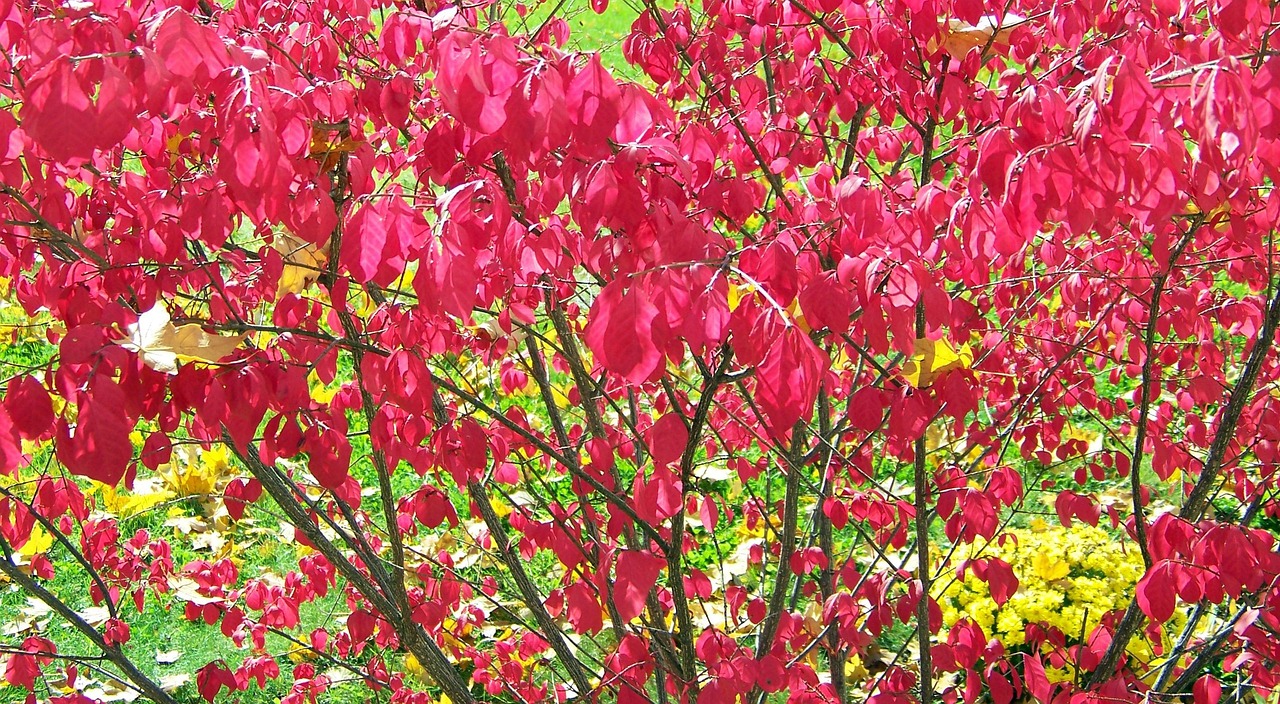
The Shrub That Steals the Spotlight
- Height: 6–10 feet
- Hardiness: Zones 4–8
- Best For: Hedges, privacy screens
With its winged stems and glowing red foliage, the aptly named Burning Bush is a showstopper. In early fall, the leaves transition from green to deep ruby almost overnight. It thrives in full sun and is low-maintenance—a win-win for beginner gardeners.
3. Blueberry Bushes (Vaccinium spp.)
Fruitful and Fiery
- Height: 1–6 feet
- Hardiness: Zones 3–7
- Best For: Edible gardens, colorful borders
Not only do blueberries gift you with delicious summer fruit, but come autumn, their leaves burst into rich shades of red and burgundy. Perfect for small gardens or even containers, they add beauty with a purpose.
4. Sumac (Rhus typhina)
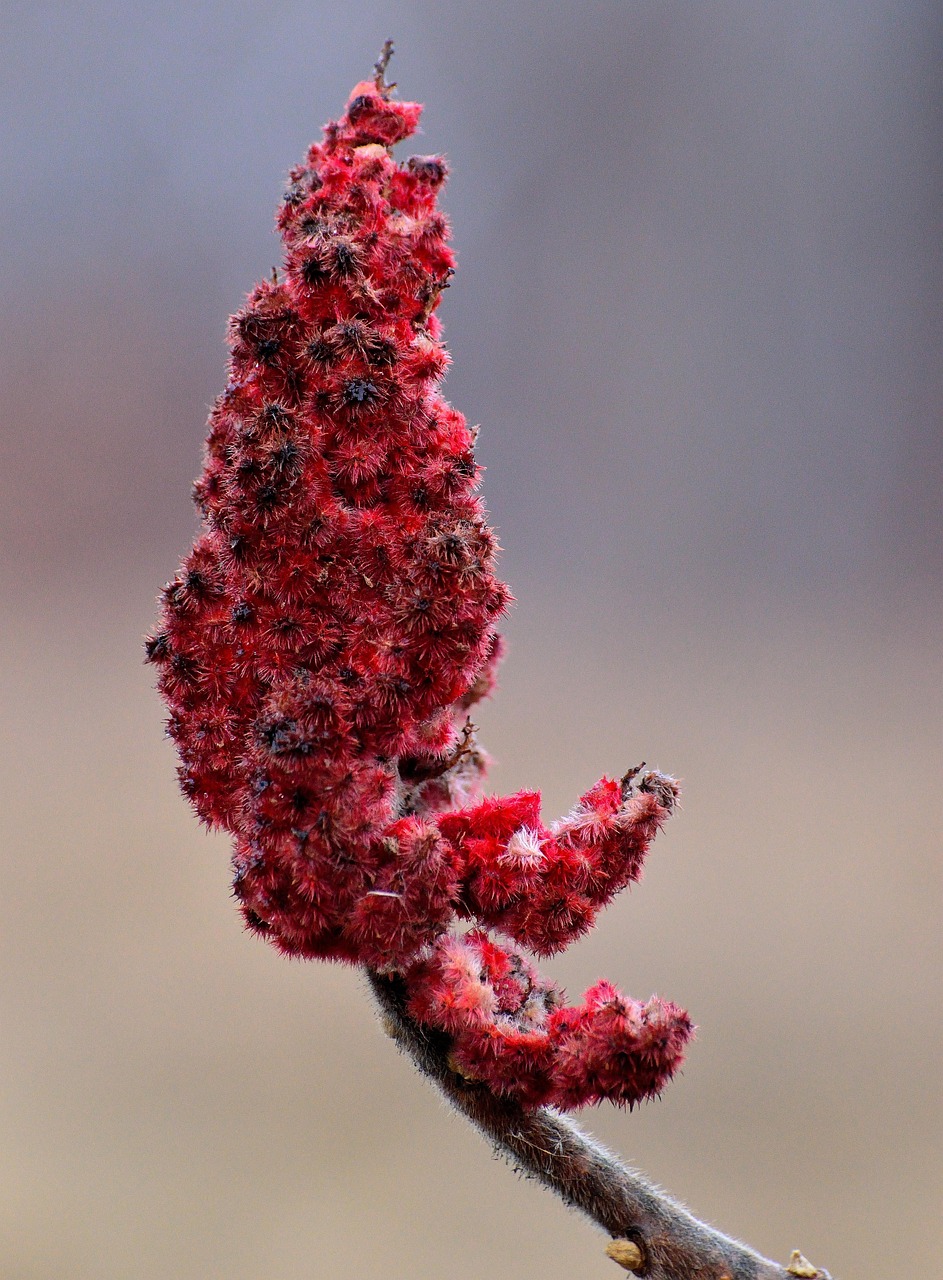
Wild and Untamed Flame
- Height: 10–15 feet
- Hardiness: Zones 3–9
- Best For: Naturalized gardens, erosion control
Sumac is often overlooked, but in fall it becomes a firework display of crimson and orange. With its feather-like leaves and upright red fruit clusters, it adds a wild, untamed energy to any space.
5. Virginia Sweetspire (Itea virginica)
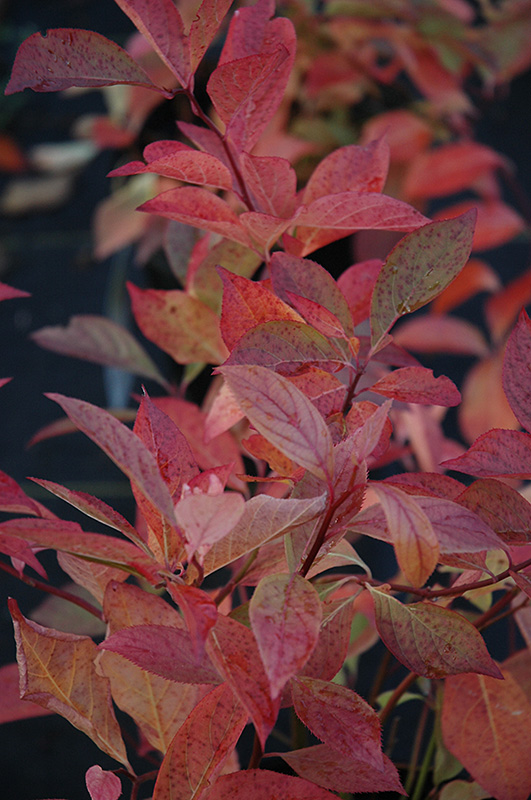
Sweet-Scented and Scarlet
- Height: 3–5 feet
- Hardiness: Zones 5–9
- Best For: Woodland edges, moist soils
This native shrub surprises gardeners every fall with its deep red and wine-colored foliage. Bonus? It’s fragrant, attracts pollinators, and can handle wet soils—perfect for rain gardens or low spots.
6. Japanese Maple (Acer palmatum)
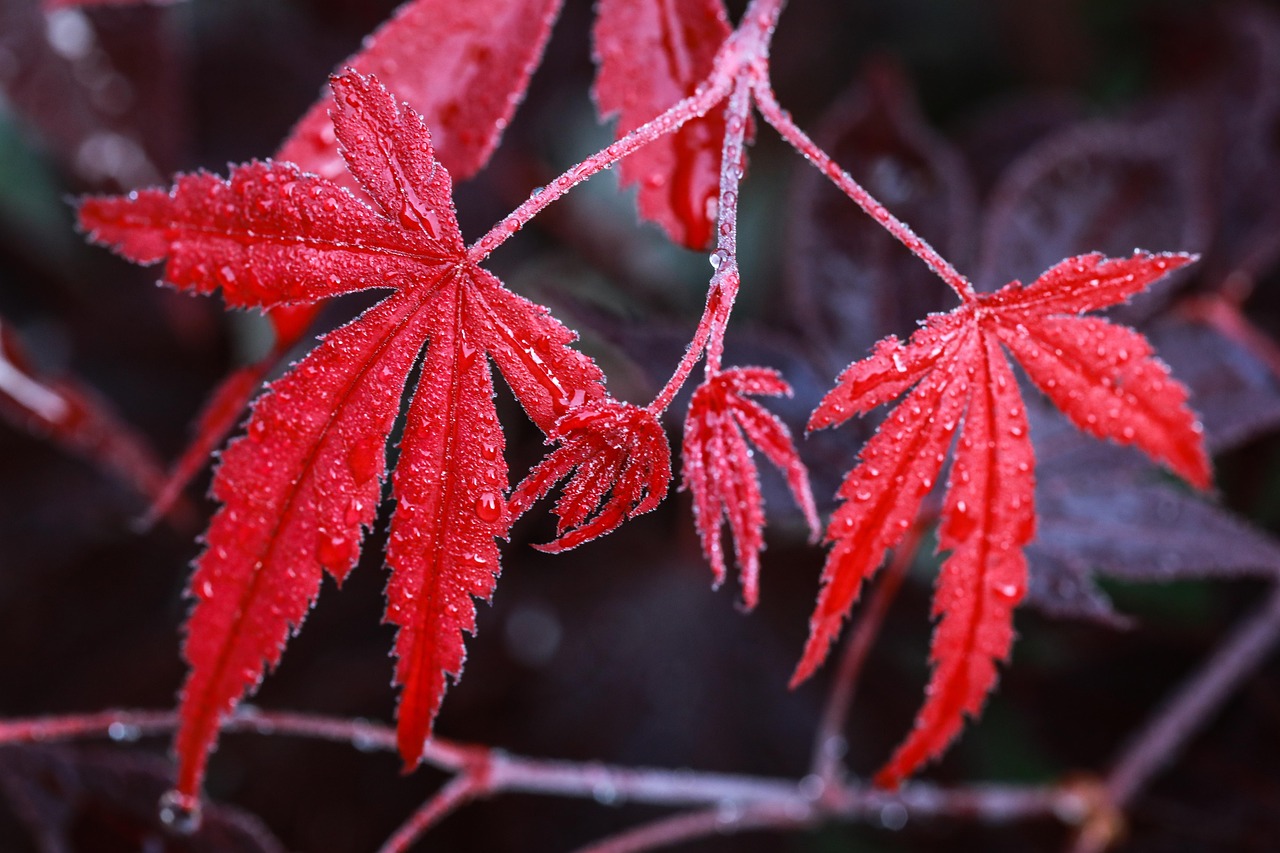
Delicate Drama
- Height: 10–25 feet
- Hardiness: Zones 5–8
- Best For: Small yards, specimen planting
Elegant and compact, the Japanese Maple is a favorite for its finely cut leaves and graceful form. Come fall, varieties like ‘Bloodgood’ or ‘Fireglow’ erupt in a dramatic red that practically glows in the low sun.
7. Flowering Dogwood (Cornus florida)
A Four-Season Performer
- Height: 15–30 feet
- Hardiness: Zones 5–9
- Best For: Woodland gardens, mixed borders
Known for its spring flowers, dogwood also dazzles in fall. Its oval leaves fade from green to reddish-purple, while its red berries attract birds. It’s a tree that gives back in every season.
8. Oakleaf Hydrangea (Hydrangea quercifolia)
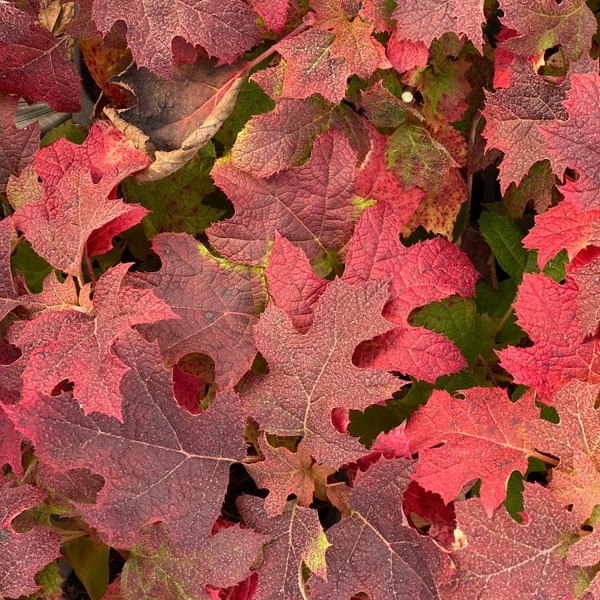
Texture Meets Crimson
- Height: 4–6 feet
- Hardiness: Zones 5–9
- Best For: Shade gardens, foundation planting
More than just pretty blooms—oakleaf hydrangea delivers fall color that rivals any tree. Its large, lobed leaves transition into a tapestry of red, purple, and bronze. And the dried flower heads? Beautiful even into winter.
9. Heavenly Bamboo (Nandina domestica)
Year-Round Color, Peak in Fall
- Height: 4–8 feet
- Hardiness: Zones 6–9
- Best For: Containers, Asian-inspired gardens
Despite its name, this isn’t bamboo at all. But it brings vertical interest, year-round greenery, and brilliant fall reds. Add clusters of bright red berries, and it’s a festive, low-maintenance addition to your fall garden.
10. Creeping Jenny (Lysimachia nummularia ‘Aurea’)
The Groundcover That Glows
- Height: Under 6 inches
- Hardiness: Zones 3–9
- Best For: Groundcover, hanging baskets, edging
Typically golden-green, some varieties of Creeping Jenny develop red and bronze hues in fall—especially in full sun. If you’re after carpet-like coverage with seasonal flair, this tough little plant is a must.
11. Red-Osier Dogwood (Cornus sericea)
Branches as Bold as Its Leaves
- Height: 6–9 feet
- Hardiness: Zones 2–7
- Best For: Wet areas, winter color
Its leaves may turn a soft red in fall, but the real show begins when they drop. Bright scarlet stems glow against snow or bare soil, offering a different kind of red that extends the season’s drama into winter.
Want to Light Up Your Garden This Fall
Here’s how to make the most of red-foliage plants:
Choose the Right Sunlight
- Most red-leaf plants show their best color in full sun.
- Dappled shade works well for Japanese maples or dogwoods.
Pair With Neutrals
- Mix with ornamental grasses, evergreens, or stone paths to let red stand out.
- Avoid overloading the space—balance is key.
Don’t Forget Fall Watering
- A dry fall can dull color. Keep soil lightly moist until first frost.
Prune in Winter or Early Spring
- Let the fall show play out fully—wait until dormancy to shape or cut back.
